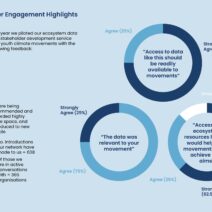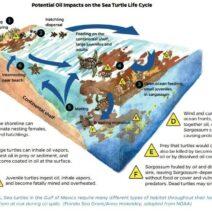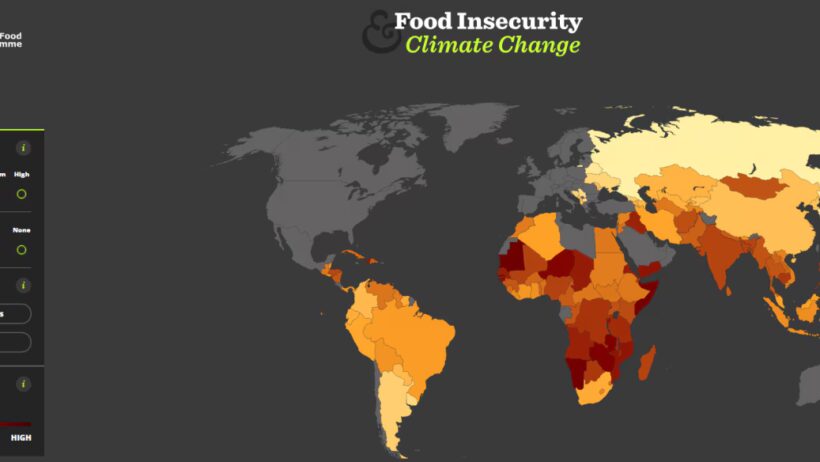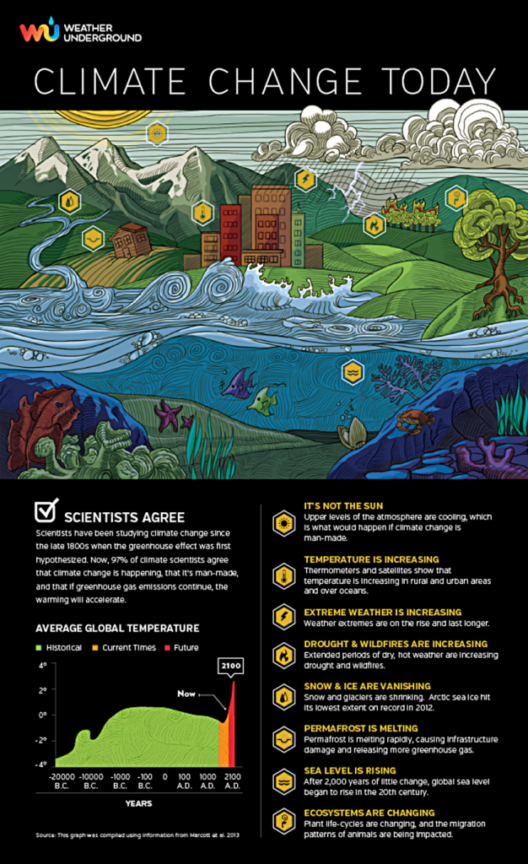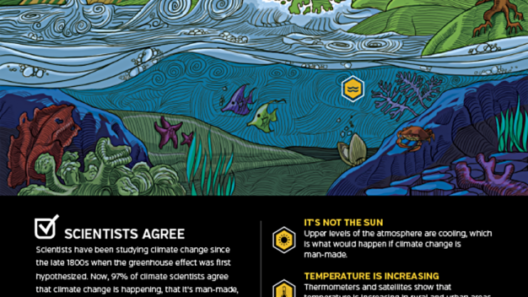The confluence of climate change and global food security is an intricate and unsettling nexus that demands urgent attention. As temperatures rise, weather patterns shift, and extreme events become more frequent, the implications for agricultural yield and food availability are profound. Understanding the multi-dimensional impacts of climate change on food insecurity necessitates a deep dive into various interconnected themes, including altered agricultural practices, increasing resource scarcity, and socio-economic ramifications.
The primary consequence of climate change is its disruptive influence on agricultural productivity. A rise in average temperatures alters the phenology of crops and disrupts the delicate balance that sustains ecosystems. For instance, staple crops such as wheat, rice, and maize have defined temperature thresholds beyond which their yields begin to decline sharply. As climatic conditions evolve, farmers may find themselves grappling with decreased fertility, increased pest pressure, and a higher susceptibility to diseases. These agricultural challenges are particularly acute in developing nations where subsistence farming is commonplace, and farmers often lack the resources to adapt to these shifts.
Water scarcity further exacerbates this situation. Climate change manifests in altered precipitation patterns, leading to both floods and droughts. Regions historically reliant on predictable rainfall patterns now face considerable uncertainty, which jeopardizes food production. Areas experiencing intensified droughts see their soil moisture levels dwindle, directly affecting crop growth and livestock health. Conversely, severe flooding can wash away entire crops, leading to immediate destruction of food sources. The dual threat of droughts and floods not only diminishes availability but also inflates food prices, making it increasingly difficult for communities to access adequate nutrition.
In addition to agricultural and water-related challenges, the socio-economic implications of climate-induced food insecurity are far-reaching. Food prices are inextricably linked to supply and demand dynamics; as crises disrupt traditional supply chains, the cost of food escalates, placing an additional burden on vulnerable populations. Households that previously spent a manageable portion of their income on food now find themselves devoting a significant share to mere survival. The phenomenon of ‘food deserts,’ characterized by limited access to affordable and nutritious food, grows more prevalent as local agricultural systems crumble under climatic pressures.
Moreover, climate change exacerbates pre-existing social inequalities. Vulnerable groups such as women, children, and marginalized communities often bear the brunt of food insecurity. Women, for example, are frequently tasked with ensuring household food security; however, they may lack access to resources or decision-making power to effectively adapt agricultural practices in the face of climate change. Children are particularly susceptible to malnutrition, which can have lifelong effects on cognitive development and physical health. The cyclical nature of poverty and food insecurity becomes increasingly entrenched as families struggle to cope with the compounded effects of climate change.
To address these multifaceted challenges, it is paramount to transition towards sustainable agricultural practices and resilient food systems. Agroecological approaches, which emphasize biodiversity, sustainable land use, and ecosystem services, have the potential to mitigate some of the adverse effects of climate fluctuations. Techniques such as crop rotation, intercropping, and integration of livestock and crop systems capitalize on natural ecological processes to enhance productivity while safeguarding environmental integrity. These practices not only build resilience against climate threats but also enhance soil health and biodiversity, fostering a more sustainable and robust food system.
In addition to sustainable agricultural practices, enhancing food security requires investments in infrastructure and technology. Improved irrigation systems, access to climate-resilient seeds, and advanced weather forecasting can empower farmers to adapt to the unpredictable climate landscape. Furthermore, strengthening local markets and reducing reliance on global supply chains can shield communities from international price fluctuations and crises. This localization of food systems fosters economic independence while simultaneously providing communities with a buffer against shocks.
Education and community engagement are critical components in addressing food insecurity amidst climate change. Empowering communities with knowledge about climate impacts, adaptive practices, and nutritional requirements can foster resilience at both the individual and collective levels. Programs that promote food sovereignty—where communities have the right to define their agricultural systems—help to re-establish local control over food production and consumption, countering the adverse effects of globalization on food security.
Finally, robust policy frameworks are essential to guide and support these initiatives. Climate mitigation and adaptation strategies must be integrated into national food security policies to address the interconnected nature of these issues. This includes establishing safety nets for vulnerable populations, investing in renewable energy solutions for agriculture, and promoting international cooperation in tackling climate change impacts. Policymakers must recognize that food security cannot be disentangled from environmental issues; proactive measures are imperative for safeguarding both nutritional availability and the planet’s ecological health.
In summary, the intersection of climate change and food security epitomizes a critical contemporary challenge, necessitating comprehensive, immediate, and collaborative actions. By reshaping agricultural practices, reinforcing socio-economic frameworks, empowering local communities, and implementing adaptive policies, humanity can strive towards a sustainable equilibrium. The urgency to confront these intertwined issues is not merely an environmental imperative but a moral obligation to ensure a future where everyone has access to food security amidst the warming world.

